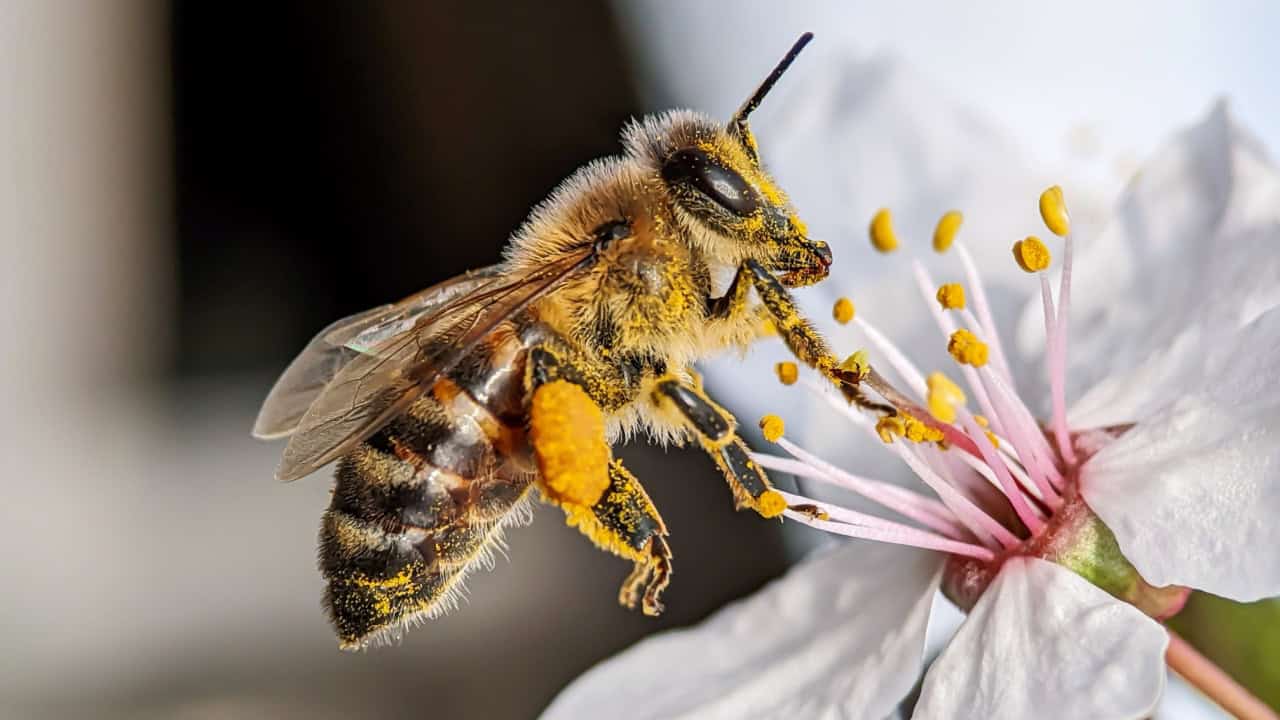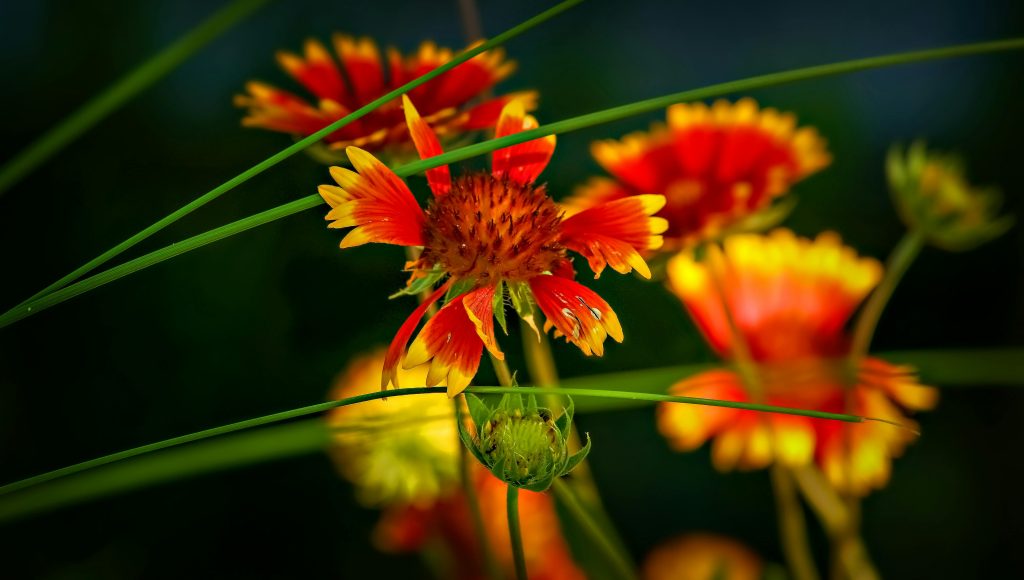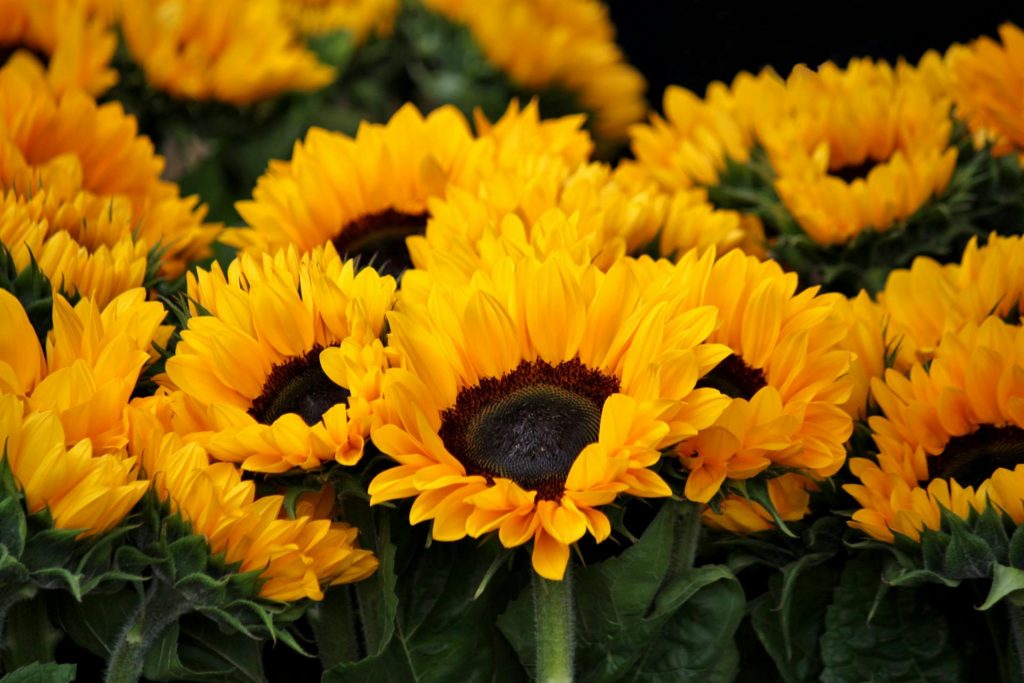Creating a garden that supports bees not only helps these important pollinators but also benefits your plants and local environment. When you make simple changes, your outdoor space can become a welcoming habitat for bees to thrive.
Making your garden more bee-friendly means providing food, shelter, and safe spaces to encourage bee activity and support their populations. Small adjustments can have a big impact on attracting different types of bees throughout the seasons.
Plant butterfly milkweed for early-season nectar

You can attract bees and butterflies early in the season by planting butterfly milkweed. This plant thrives best in full sun to light shade and well-drained soil.
Milkweed not only provides crucial nectar but also serves as a host for monarch butterfly caterpillars. It may take a couple of seasons for the flowers to fully bloom, so be patient with your garden. For more tips, see planting milkweed for butterflies.
Grow bee balm to attract bumblebees

Planting bee balm is a great way to invite bumblebees into your garden. Its dense clusters of small, colorful flowers are especially appealing to many pollinators.
The aromatic leaves add beauty and a gentle scent to your outdoor space. Bee balm is also a hardy perennial, making it easy to grow year after year.
You can learn more about growing bee balm from this bee balm guide.
Include goldenrod for late-season blooms

You can add goldenrod to your garden to support bees during late summer and fall. It provides a reliable source of pollen when many other flowers have faded.
Goldenrod also produces a rich crop of nectar, helping your bees gather enough food before winter. Planting goldenrod means your garden stays vibrant and bee-friendly even late in the season.
For more details, check out this guide on goldenrod’s value for beekeepers.
Create bare soil patches for ground-nesting bees

You can help ground-nesting bees by leaving small areas of bare soil in your garden. These bees prefer to dig tunnels in patches without plants or mulch.
Choose sunny, well-drained spots, and avoid disturbing them once they start nesting. Creating these patches gives bees a safe place to live and support your garden’s health. Learn more about this practice at creating nest sites for ground-nesting bees.
Leave dead plant stems for nesting sites
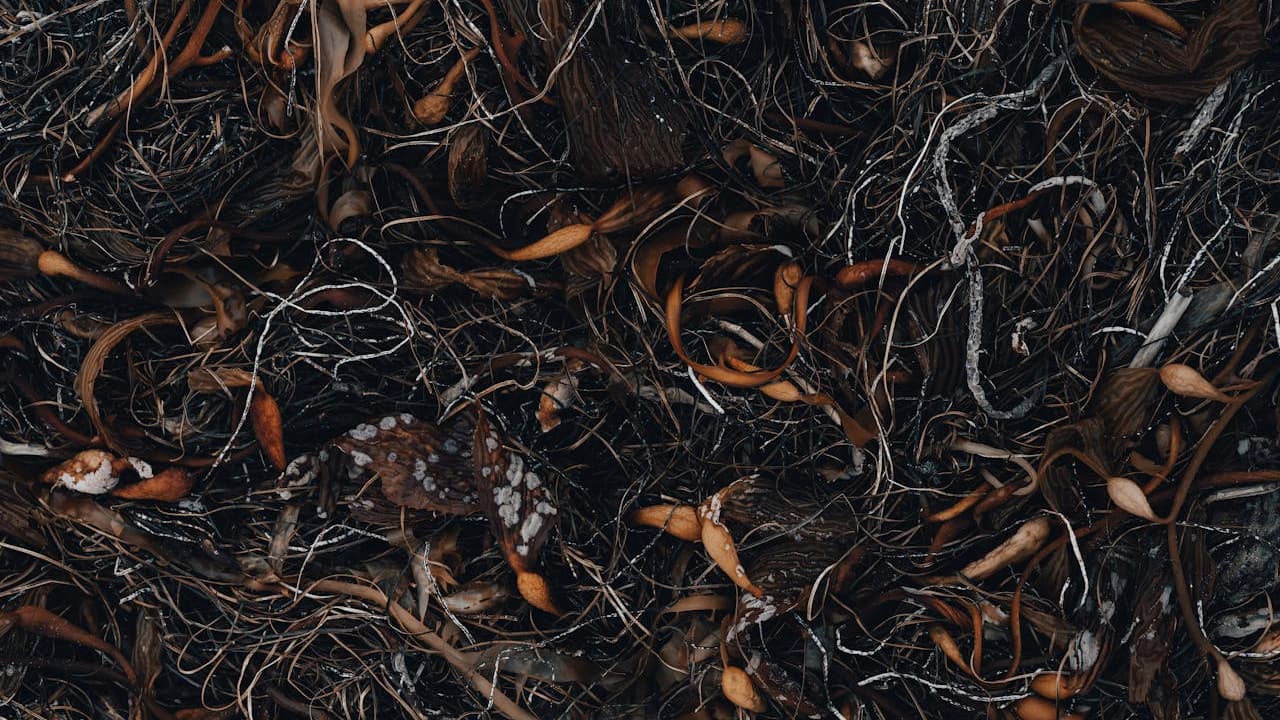
You can help native bees by leaving dead plant stems standing in your garden. These hollow stems provide perfect spots for some bees to lay their eggs.
Try not to cut these stems all the way to the ground. Leaving them at least 12 to 15 inches tall gives bees space to build nests safely.
Learn more about how dead stems support bees in your garden at this guide on leaving stems for native bees.
Provide a bee house to shelter solitary bees

You can help solitary bees by providing a bee house in your garden. These small structures offer safe nesting sites away from predators and harsh weather.
Make sure the bee house is placed in a dry, sheltered spot. Using bee-safe materials helps protect them from pests and diseases. Creating a proper home encourages native pollinators to visit your garden more often.
Learn more about building these homes at how to make a solitary bee house.
Choose phlox for colorful, pollinator-friendly flowers

You can brighten your garden with creeping phlox, a great choice for pollinators. These flowers offer vibrant colors and a low-growing habit that attracts bees.
Different cultivars provide a variety of shades to fit your garden style. By adding phlox, you create a welcoming space for bees while enjoying beautiful blooms. For more information, check out insights on phlox cultivars for pollinators.
Plant false indigo to support diverse bee species

You can boost your garden’s bee population by planting false indigo. This native plant attracts a wide variety of bees, providing them with valuable nectar and pollen.
False indigo blooms in late spring and early summer, offering food when other flowers fade. Adding it helps create a more balanced and inviting habitat for different bee species. For more ideas, check planting guides for pollinators.
Group the same flowering plants together

When you group the same types of flowers together, it makes it easier for bees to find and collect nectar. Bees prefer big patches of a single flower over scattered blooms.
This approach lets your garden become a clear, inviting spot for pollinators. It also helps you maintain your plants more easily.
You might notice more bee activity around purple flowers, as bees are particularly attracted to that color. Learn more about grouping plants from this bee-friendly garden guide.
Stagger bloom times for continuous nectar

Make sure to plant flowers that bloom at different times throughout the year. This gives bees a steady supply of nectar and pollen when they need it most.
Include early spring, summer, and fall bloomers in your garden. This approach helps support bees all season long.
Choosing native plants with varied bloom periods is an easy way to keep your garden buzzing. For more tips, see this guide on staggering bloom times.
Add wild geranium for spring blooms

You can add wild geranium to your garden to bring early spring color and support bees. This plant prefers partial to full shade, making it perfect for cooler, shaded spots.
Keep the soil moist and rich in organic matter to help wild geranium thrive. Its flowers attract pollinators, giving your garden a natural boost. For more details, see growing wild geraniums as a ground cover.
Include blazing star to support native bees
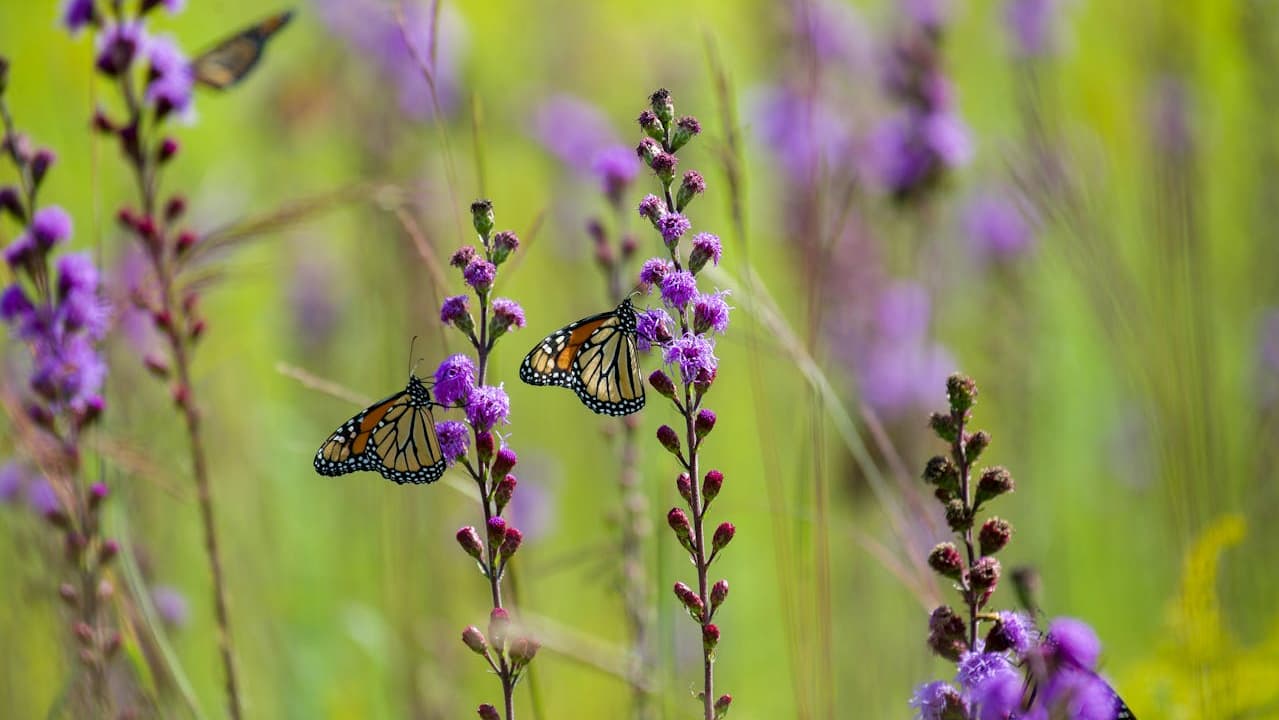
You can add blazing star to your garden to attract native bees. These flowers provide nectar and pollen that many native bee species rely on.
Blazing star also draws butterflies and hummingbirds, helping boost your garden’s biodiversity. Consider planting it in sunny spots with well-drained soil for the best results.
Learn more about blazing star and its benefits from this prairie native with pollinator benefits.
Provide fresh water with shallow dishes

You can help bees stay hydrated by placing shallow dishes filled with clean water in your garden. Use a dish that’s only 1–2 inches deep to keep the water safe for them.
Add small stones, marbles, or twigs to the dish. These give bees a place to land and avoid drowning while they drink.
Changing the water frequently keeps it fresh and inviting for your garden visitors. For more details, check out this guide on creating a DIY bee water station.
Avoid pesticides to protect bee health

You should avoid using pesticides in your garden to keep bees safe. Many common chemicals, like neonicotinoids, can harm bees even in small amounts. Instead, try natural pest control methods or choose products labeled as bee-friendly.
By skipping harmful pesticides, you help create a safer environment where bees can thrive and pollinate your plants naturally. Learn more about protecting pollinators from pesticides at this bee-friendly gardening resource.

